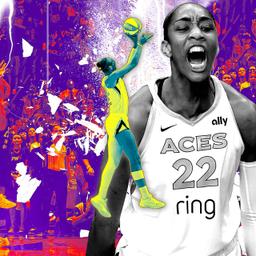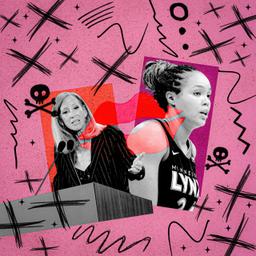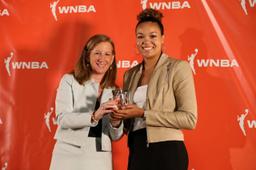The last game of the WNBA Finals doubled as a microcosm for the season itself: a fusion of brilliance, fatigue, and frustration.
The Las Vegas Aces’ dominant 4-0 sweep of the Phoenix Mercury notched their third title in four years and bolstered A’ja Wilson’s GOAT case, but the Finals were also packed with the same season-long afflictions that have haunted the WNBA: exhaustion, injury-depleted rotations, and a game escalating out of control—with a notable chunk of the spotlight falling on the referees. As the league enters its most consequential offseason in history, there’s much to celebrate and even more to learn from. Barring a new agreement or potential extension, the current collective bargaining agreement will expire on October 31, triggering a lockout.
Whenever the WNBA does come back, the league as we know it will look very different. One way or another, major changes are coming. Nearly 80 percent of the league’s players are entering free agency, in anticipation of huge raises under a new deal. Two more expansion teams are set to join the league in 2026, and at least five head coaching vacancies will need to be filled. Officiating (hopefully) will be overhauled, and other support staff—from operations to marketing—will (hopefully) grow. The hard cap, which constricts movement, could morph into a more NBA-esque soft salary cap. That’s not the only league that could influence the W, either. Unrivaled is lingering and has proved more nimble in the face of the rapidly changing women’s basketball landscape. The reported Saudi-backed Project B league could have more money than God.
The WNBA has the history, cultural cachet, and infrastructure to separate itself from the other leagues, and it finally has the juice to make good on its early potential of women's pro basketball dominating the American sports landscape 365 days of the year. But with so much to sort out, it often seems like the only thing the union and owners can agree on is their feelings of doubt about their chief liaison, WNBA commissioner Cathy Engelbert, who faced a chorus of deafening boos last week while presenting the championship trophy to Las Vegas.
Since Caitlin Clark’s arrival in the WNBA, the league has announced five new teams—which will put over a billion dollars in expansion fees in the hands of owners—without addressing present concerns like refereeing and persistent injuries. Meanwhile, the WNBA continues to claim annual financial losses. The league is trying to build a skyscraper before pouring in the concrete, and an extended lockout could be the next challenge facing the construction of the W. While Adam Silver and Cathy Engelbert have expressed confidence that a deal will get done (although perhaps not by the October 31 deadline), the players feel like the negotiations have stalled, even going as far as accusing the league of running out the clock. But a seven-month offseason leaves both sides with plenty of time for posturing. Can the players, who hold unprecedented bargaining power within the union, finally extract their pound of flesh from the owners? Here are the biggest questions that will decide the WNBA’s offseason clash.
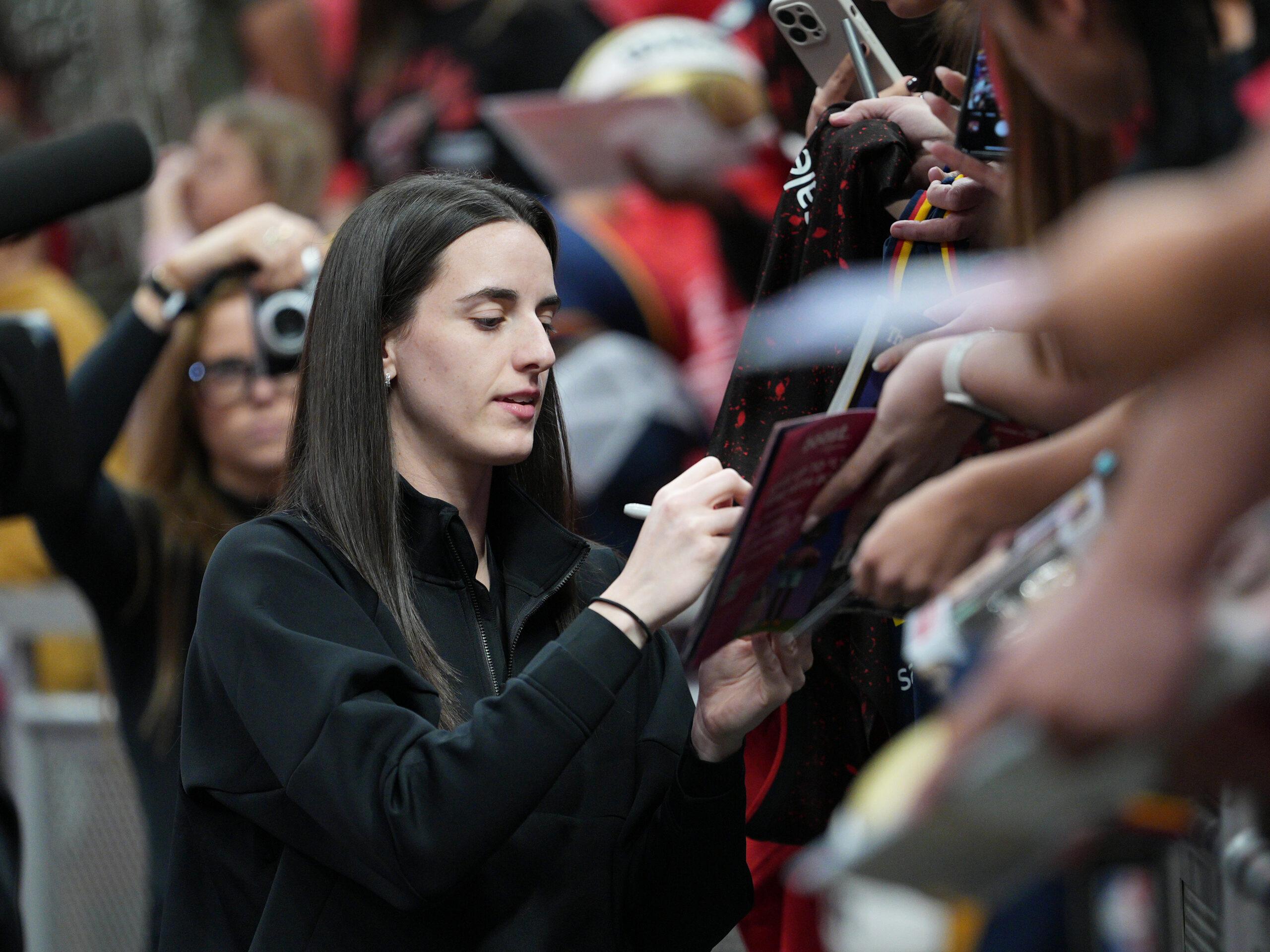
Caitlin Clark during Round 2 of the WNBA playoffs. Clark made only $78,066 from the WNBA this year.
What’s the biggest issue between the players and the WNBA?
The biggest divide remains revenue sharing.
On Friday, Annie Costabile of Front Office Sports reported that the WNBA’s latest proposal to players includes an $850,000 salary max and a $300,000 veteran minimum. But the reported 3.5-times raise—while significant—does not reflect the league’s growth since the last CBA was signed in January 2020.
Despite a lopsided series this year, the WNBA Finals ratings have quintupled since 2019. The Aces, purchased in 2021 for $2 million, are worth more than $300 million today. According to Sportico, the collective value of all 13 franchises is $3.5 billion.
None of this growth under the current CBA has trickled down to the players, whose salaries collectively accounted for less than $20 million of the league's operating costs this season. (Reminder: Caitlin Clark earned $78,066 from the Indiana Fever this year.) As revenue has soared, the players' piece of the pie has stayed the same. Now they’re asking for a revenue-sharing system that will also allow them to benefit from the growth of the league.
The WNBA’s complicated ownership structure doesn’t help matters. About 42 percent of the WNBA is owned by the NBA, while another 16 percent is owned by a group that invested in a $75 million capital drive in 2022. But the entirety of the player salaries (and the league’s overall operation costs) comes out of just the pockets of the WNBA team owners, who represent the remaining 42 percent of overall WNBA ownership, even though revenue flows to all owners.
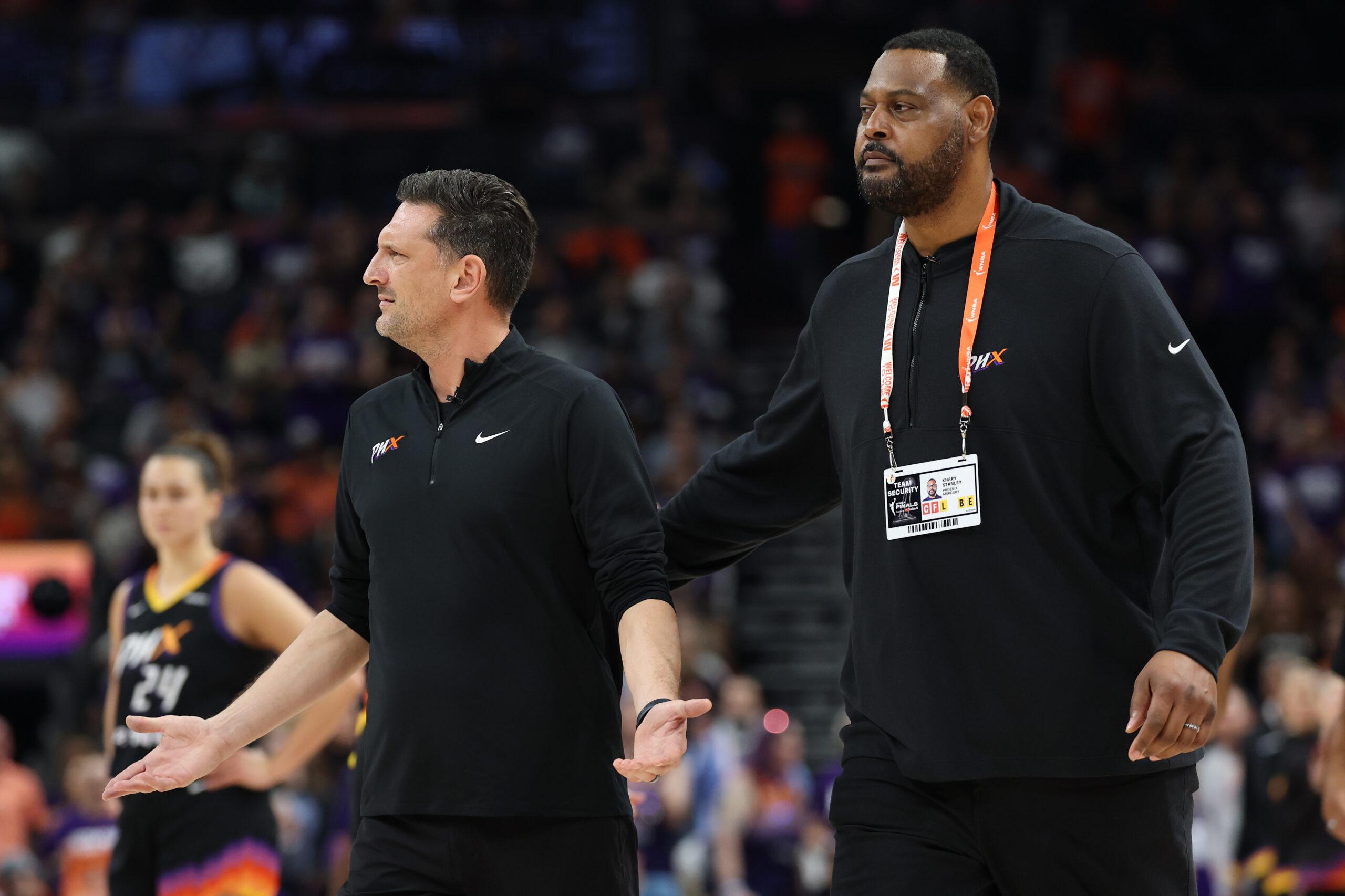
Mercury head coach Nate Tibbetts walks off the court after receiving two technical fouls in a Finals game against the Las Vegas Aces
What are the other sticking points?
There might be no better example of the W’s growth outpacing its infrastructure than the league’s inconsistent and often criticized officiating. The physicality that is allowed by referees, as Engelbert conceded, is not in alignment with what players and coaches want.
While the league is establishing a task force to address refereeing concerns, Sue Blauch, the vice president of referee performance, told Front Office Sports that in order for the officiating to improve—which would include the implementation of policies like a last-two-minute report—the league must add more employees.
Salary increases would also help attract the best talent. WNBA officials are contractors who make $1,500 to $2,500 per game, often supplementing their WNBA income with part-time jobs and other refereeing gigs while they wait for their call-up to the NBA, which offers benefits and full-time salaries that go up to $550,000 annually.
Game 4 of the WNBA Finals, in which Mercury head coach Nate Tibbetts was ejected for getting in the face of a referee, illustrated issues that have plagued the league this season: Officials are often escalating situations as opposed to de-escalating them, choosing punishment over communication, and doubling down with additional techs. Tibbetts’s surprising ejection ratcheted up the tension of the game, leading to a downright hostile environment. After the game, he said that he was given no explanation for why he was ejected. In the end, four techs were issued in the second half of a Finals elimination game.
After the WNBA’s first 44-game season this year, the need for more roster spots is also glaring. The entire season turned into a war of attrition. The Aces were the last team standing in large part because they were, well, the last team standing. That isn’t to take anything away from them. Injuries are a part of sports, but they’ve also increased significantly this season. A playoff series is meant to be an odyssey with twists and turns, but most WNBA rosters at this time of the year weren’t equipped to answer the biggest questions their opponents posed.
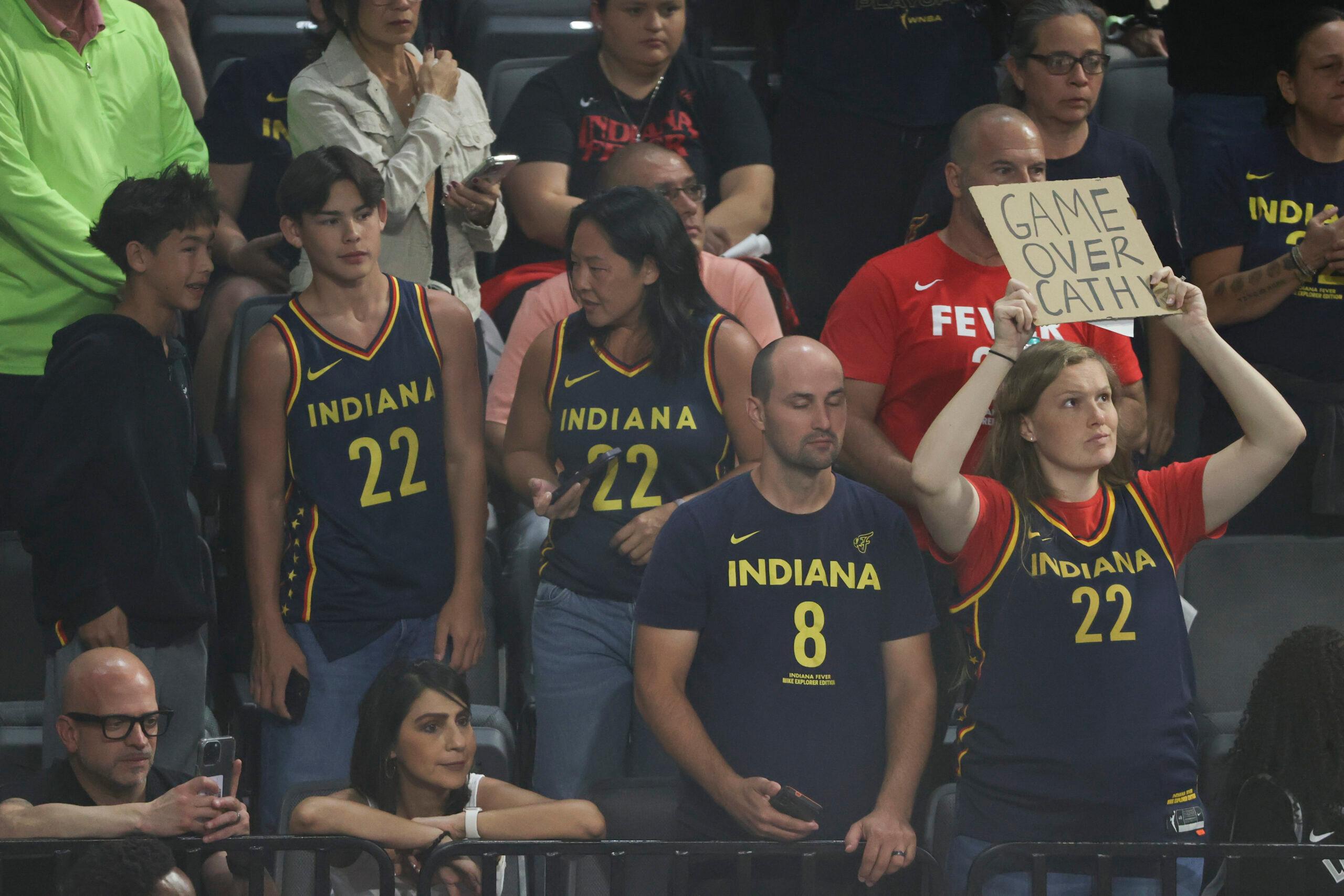
An Indiana Fever fan holds a sign critiquing WNBA commissioner Cathy Engelbert
Can the W reach a new deal with Cathy Engelbert in charge?
Napheesa Collier’s comments late last month blew the lid open on years of frustration, which began with the WNBA’s lack of transparency with the union about its financials. After publicly minimizing issues with refereeing and injuries, Engelbert offered much more contrition and accountability in her first address to the media since Collier’s statement. But she also denied the comments that Collier told reporters she had made about how Caitlin Clark should be grateful that the WNBA exists because she wouldn’t get sponsorships without it.
Collier then canceled her upcoming meeting with Engelbert.
"For her to start her speech saying she has the utmost respect for me and for the players, and then to turn around and call me a liar three minutes later,” Collier told Axios. “Denying words that I heard come straight out of her mouth. I think it just speaks to that lack of accountability and so I really have nothing further to say.”
ESPN also spoke to multiple people who said that Collier, the WNBA union president, had originally “relayed Engelbert's comments to them within several days of the February meeting.”
The ordeal represents the larger non-question of who—Engelbert or the young stars, led by Clark—deserves credit for the explosion of attention and capital in the WNBA.
To you, me, scores of WNBA fans, and multiple economists, the answer is obvious, which leads to another, more reasonable question: Do stakeholders believe that Engelbert is maximizing potential profits?
According to Marcus Thompson of The Athletic, some owners believe that a new commissioner could “make the league flourish even more.”
In a Front Office Sports story reporting that owners and executives also bristle at Engelbert’s communication style, a league source said that Engelbert’s 2022 $75 million capital raise in exchange for 16 percent of the league is seen as a “costly” mistake.
I’m not sure how much Monday morning quarterbacking I want to do when it comes to capital raised when Clark’s logo 3s were still being hoisted in Iowa. The W was in a very different place then, and Engelbert may very well have been the right person to shepherd the league through the leaner years of the COVID-19 Wubble and the 2020 CBA. But it’s clear that a consensus is growing that Engelbert is not the person to lead the league into its future. As of now, she has Silver’s backing, but multiple reports suggest that this could be her last year on the job. If negotiations stall, Silver may need to find her replacement sooner. Time is money, and the commissioner’s job is to rake it in.
After the WNBA struck a new media rights deal that tripled its annual revenue, the union reiterated its desire for a seat at the table—not exactly a vote of confidence in the league’s leadership. It was an unprecedented request at the time, but it represents the complicated nature of Engelbert’s job—as an advocate for the WNBA, a liaison to the NBA, and a consensus builder on both sides—and the increasing sense that she is not delivering on behalf of the league. Maybe a better communicator with a less incremental vision for a league exploding in popularity would do a better job, but the role itself comes with a lot of responsibility and not a lot of hard power.
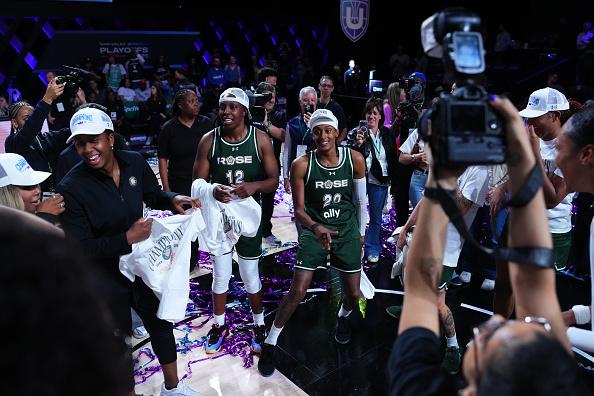
Chelsea Gray and Brittney Sykes of Rose BC celebrate their win in the championship game of the inaugural season of Unrivaled
How much influence can Unrivaled have on the WNBA’s future?
A lot.
Unrivaled, a 3-on-3 league founded by Breanna Stewart and Collier, is expanding after doubling its revenue projections in its inaugural season. After adding two new teams, the league will employ more than a third of the WNBA this winter, helping stem the tide of potential financial losses for players in the event that the WNBA season is contracted.
Unrivaled, which runs from January to March, offers higher salaries than the WNBA despite its shorter season, and it has top-line facilities and training. Beyond the logistics, the league also projects a more optimistic, player-led vision of the future.
Whether or not Unrivaled is wishcasting with its hopes for profitability as early as this coming season, the way Alex Bazzell—the league president and Collier’s husband—sells Unrivaled is in stark contrast to the narratives around the WNBA, which Adam Silver has publicly called a money loser, while Engelbert references the importance of “sustainability” as though the league were still in survival mode.
The past could inform us about the future: The opportunities that Unrivaled has capitalized on could permanently alter the course of WNBA history, the same way the ABA’s influence changed the NBA in the 1970s. It took the threat of another league and an eventual merger in the 1970s for NBA owners to cave on major labor wins like the hardship exception, the reserve clause, and the creation of free agency. The same might be true now. Unrivaled could help the union push for standardized practice facilities, higher salaries, a seat at the media rights negotiation table, and a developmental league that doubles as a leaguewide injury reserve, which Unrivaled is implementing this year to streamline substitutions in case of injuries.
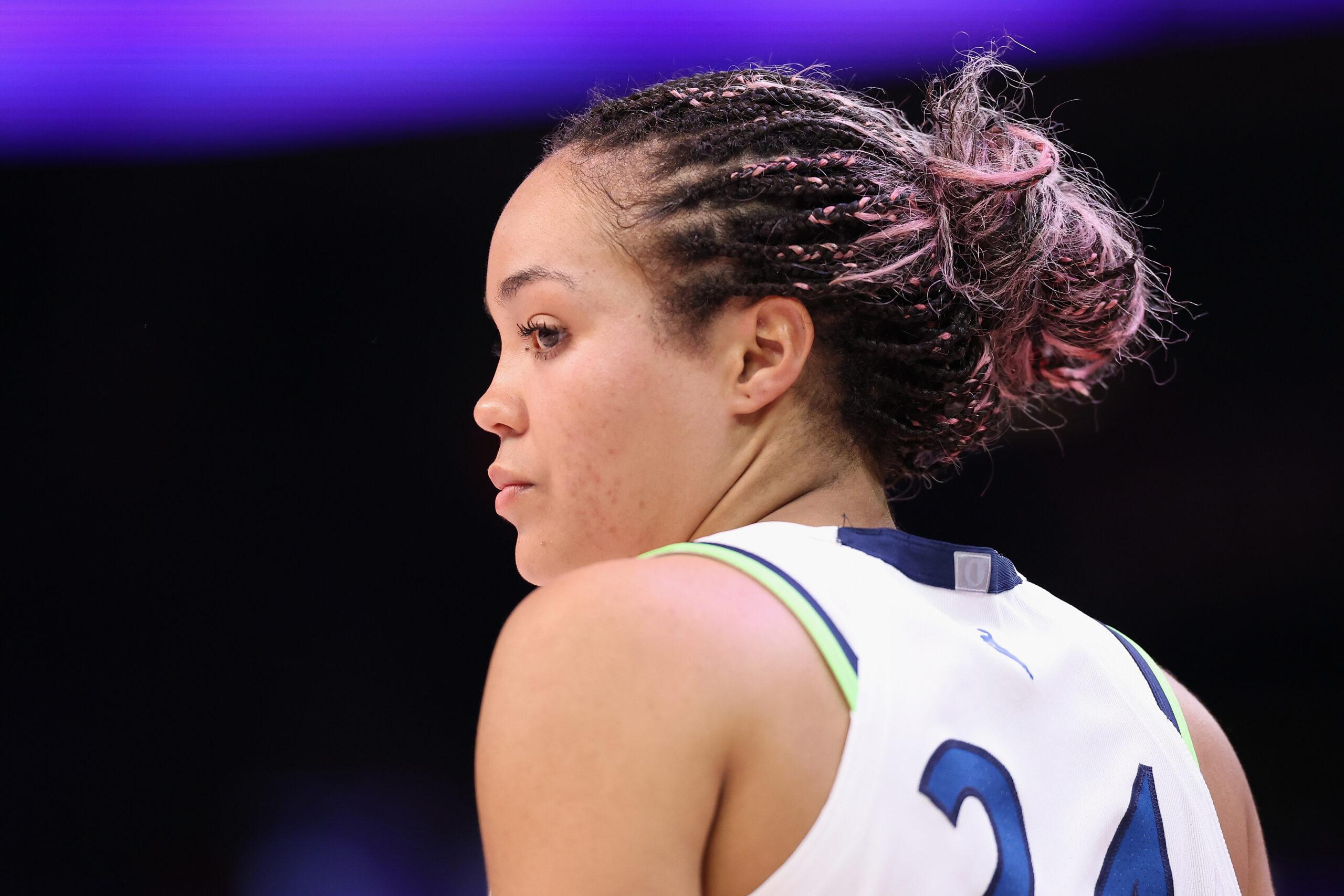
Napheesa Collier during the WNBA playoffs
Is Collier’s involvement in Unrivaled a conflict of interest?
Potentially.
A union rep who has the ability to employ workers during a potential strike is an obvious boon for labor, but it does put Collier in a potential position of conflict, even if she and Stewie (another Unrivaled cofounder) are just two of the seven players on the executive committee of the WNBPA.
Could Collier’s four-minute statement pillorying the commissioner’s leadership have been an attempt to torpedo CBA negotiations? Maybe, but that seems unlikely. If the WNBA season were to get canceled, many of the eyeballs and sponsors looking to get in on women’s basketball could turn to Unrivaled. Collier and Stewart, as founders, would certainly benefit financially, but they’d also stand to have a lot to lose if the WNBA went away for a year.
What it really comes down to is the theme of this whole ordeal: trust and alignment.
Collier spoke to the frustrations of the players she represents for the union, and Unrivaled has substantially improved the quality of their work lives, which is why she was met with unanimous support from them after her comments on Engelbert.
Unrivaled’s gain is also the gain of about 40 other WNBA players, who have already seen their equity in Unrivaled increase tenfold. Beyond that, the growth of an equity-based model for league ownership could have ripple effects that benefit all pro athletes in America.
It could really get interesting if Unrivaled becomes a bargaining chip in the negotiations themselves. What if the league offered to buy Unrivaled in exchange for massive salary increases and 50 percent of league revenue for the players? That would give Phee unprecedented bargaining power—perhaps more than union president Nneka Ogwumike. It could also potentially open the league up to (more) antitrust exposure, which could be a win for the players.
In any event, many WNBA and Unrivaled players could benefit from a merger. The key for union executive Terri Jackson and the four players on the bargaining committee who aren’t involved in Unrivaled is making sure that the rest of the league feels represented.
Unrivaled gives the players real, fortified bargaining power that’s rare for workers, as well as important secondary income. The players, as of now, have decided that the leverage the union gains from Collier’s involvement outweighs a potential conflict of interest because they evidently believe that she has their best interests at heart.
Wait, what about this new Saudi-funded Project B league?
Women’s basketball has a history of iconic players getting their biggest paychecks overseas. In 2015, when Diana Taurasi’s Russian team offered her 15 times her WNBA salary in exchange for exclusivity, she sat out the WNBA season.
But now, a threat big enough to disrupt the entire sports world looms. You might know Project B as the new global, LeBron-adjacent, Saudi-funded 5-on-5 league that’s trying to compete for the same eyeballs, calendar, and players as the NBA. Well, Maverick Carter—LeBron’s longtime manager—is reportedly out, but the women’s basketball league is being fast-tracked for 2026, adding a fascinating, ethically dubious wrinkle to the mix.
According to The Athletic, the league would employ 66 players divided into 11 teams that would play in seven two-week tournaments across the globe during the WNBA’s offseason. That’s more jobs, a deeper pocketbook, and a calendar that could compete directly with Unrivaled. The league, which WNBA legend Candace Parker is involved in, has already signed current WNBA players and is in the midst of negotiating with stars. Is it worth noting that Clark, Angel Reese, Sabrina Ionescu, and Wilson have yet to make commitments this offseason? Or that a Saudi-backed league would have the coffers to compete with NIL money? What would it take to sway college players like Kiyomi McMiller and Aaliyah Chavez?
The kingdom of Saudi Arabia making a play for women’s basketball seems like a plot straight out of South Park, but this has been on the horizon for a while. The Public Investment Fund, as part of a multipronged effort to clean the country’s public image, already has its hands in pro soccer, golf, tennis, Formula One racing, and other sports.
Women’s basketball might seem like a strange pursuit for the Saudi regime, but it's the asymmetries that may make wooing the stars of a heavily queer, majority Black, and politically active league of women an attractive prospect. For a country that’s trying to attract Western tourists and change its public image, no pairing of sportswashing and pinkwashing could rival the StudBudz streaming from the Kingdom Centre Tower, where they would almost certainly be given allowances that the state's queer citizens do not have.
There’s also the question of how fans would react. The infusion of big money into women’s basketball comes with intrinsically amoral compromises that have probably already shifted the core principles of a league that once flipped a Senate election. The sport is already a natural hotbed for reputational makeovers. But this would be a particularly cynical partnership that could turn off people who would otherwise want to spend their time and money on women’s basketball. Any WNBA player signing up for this league should know exactly the Faustian bargain they’re making and what the potential risks are. I’ve written a lot about the WNBA undercutting itself. This is where it’s on the players to be responsible shepherds of the game. Project B likely won’t be ready until the fall of 2026. Maybe there’s an opportunity—albeit a costly one—to nip this league in the bud.
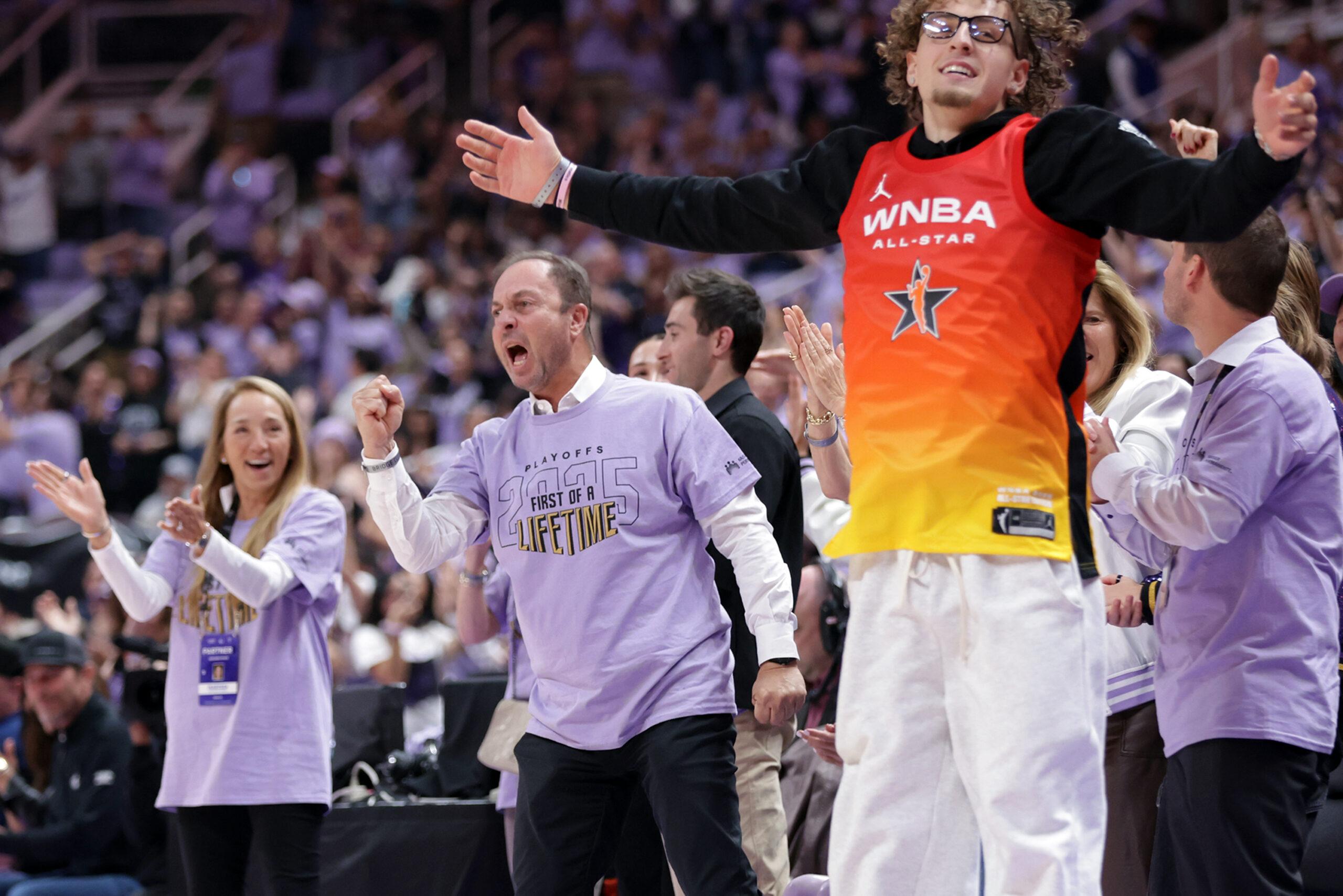
Golden State Valkyries owner Joe Lacob and Warriors player Brandin Podziemski celebrate a Valkyries 3-pointer against the Lynx during a first-round playoff game
Should the WNBA want to be the NBA 2.0?
As more NBA owners get directly involved in the WNBA, the league is starting to feel more and more like its parent company. The W could stand to integrate the NBA’s infrastructure—from practice facilities to high-level personnel, including refs and coaches. And the league is rife with market inefficiencies that can be exploited by savvy coaches and cash-flush NBA owners. But is their increasing involvement a good thing?
Interest in the W, from an NBA ownership perspective, exists on a spectrum from quiet scorn (think James Dolan, who sold the New York Liberty right before the boom) to enthusiastic and intentional investment, as we can see with Joe Lacob, whose Golden State Valkyries have Warriors-esque ambitions and sold out every game in their inaugural season.
By 2030, 10 of the WNBA’s 18 teams will be helmed by current NBA owners thanks to league expansion, which means that the WNBA might not even control its own destiny. As the league grows, NBA owners increasingly want more of a piece of it—and they have the votes to control its governance. The more the NBA is involved, the less the other WNBA owners and the players could have a say.
If the league continues to prioritize cities with preexisting NBA teams, it’ll also cost it the opportunity to tap into markets that the NBA has historically struggled to get a foothold in, including Southern college hoops hotbeds like Tennessee and South Carolina. Or how about a certain basketball-obsessed state that would normally be considered too small for a professional team but that might make sense for the WNBA, as it recently drew the biggest turnout for a women’s basketball game ever? Just an idea.
